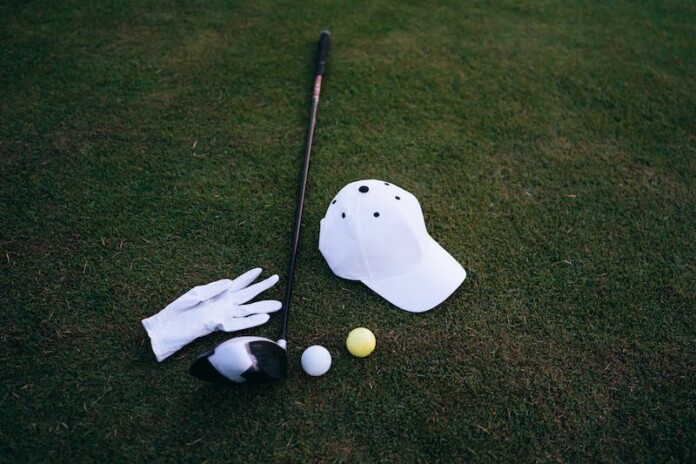Golf balls may not be as glamorous as a brand-new golf bag or a shiny new set of clubs, but a ball is probably the most important piece of golf gear you can buy. After all, it’s the only thing you use on every single shot!
So it’s important to make sure you’ve got a ball that suits your game. Join us as we look at some of the key areas to consider when choosing golf balls.
Distance
Balls that are designed for distance are best for golfers who want extra help in hitting the ball as far as possible.
The size of the ball’s core and the thickness of its cover are the main things that affect distance. The bigger the core and the thinner the cover, the further the ball should travel.
Spin
Low-spin golf balls are recommended for amateur golfers as these balls are easier to hit straight. As your skills improve, you can consider switching to a high-spin ball that will enable you to take your game to the next level.
Golf ball construction: layers and covers
Golf balls can feature several layers (or pieces) moulded over a central core. They also feature a cover. Covers are usually made of either urethane or Surlyn.
Surlyn balls are super durable and offer excellent distance. Urethane balls tend to cost a bit more, but they offer an improved feel, greater spin control, and better performance on the green.
Typically, the higher quality a ball’s quality, the more layers or pieces it will have. For example, a beginner ball will likely have two layers: the core and a single urethane or Surlyn cover. Balls with multiple layers (3-5 pieces) tend to offer the player more control. These balls are more frequently used by low-handicap players and golfers with faster swing speeds.
The different layers are activated depending on the shot you’re playing. For example, shorter shots will require less swing speed, so when you hit the ball, only the outer layers will be activated. This helps to give the golfer more control over their distance and spin.
Compression and feel
Compression refers to how hard or soft a ball is at its core. Different compression ratings are suited to different players. For example, lower compression balls enable a player to hit the ball farther with a slower swing speed. This is because the ball is more easily compressed upon impact.
Colour and visibility
The colour of a golf ball doesn’t have a huge impact on your game, however, coloured balls are becoming increasingly popular among golfers, for a number of reasons. For instance, standard white balls can sometimes be hard to see in the air, especially on cloudy days. That’s where brightly-coloured balls come in very handy. Nowadays, golfers can choose from green balls, yellow balls, orange balls and more!
Coloured balls can also help you to identify your ball more easily, particularly if your opponent is using a white one. If identification is something you worry about, you can also opt for personalised golf balls. Marking your ball with a unique identification mark is the best way to ensure you don’t accidentally hit someone else’s ball and earn yourself a penalty.




